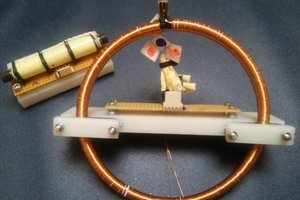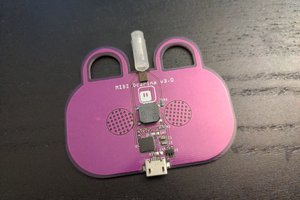I wanted to build something useful and have the chance to improve my IT/HW/mech abilities.
The results are quite satisfying and could be improved playing with the SW.
Started coding in Python because has immediate feedback (no compilation needed), and once I solved some problems, I rewritten everything in C++ in order to speed up the program and to simplify the implementation for other people.
Important note: the sensors HAVE TO BE -100 kPA to 0 kPA at 3.3V, look in component sections for a link.
 Mikiquo
Mikiquo

 Aron Molnar
Aron Molnar
 Debargha Ganguly
Debargha Ganguly
 jaromir.sukuba
jaromir.sukuba
 deʃhipu
deʃhipu
This is neat, but I can see where you'd have issues. All of the carb sync tools I've used have a sort of heavy damping factor built in; early on I used one with mercury tubes, later colored oil. I've never used the newer Motion Pro one with dial gauges but they probably flutter a bit unless they're damped internally. Run a strong low-pass filter on the results and try again. I believe this can be done though!